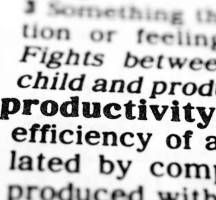February 23, 2016
Technology can help you manage workplace wellbeing on a global scale 0
 There are global patterns to health and wealth risks; but while technological developments are enabling employers to connect to employees on a global basis, too many are still confining their benefits strategy by region. This is according to research by Aon Employee Benefits which shows that three quarters (75 percent) of employers believe they are responsible for improving the health and wellbeing of their workforce – yet one third do not fully utilise data analytics to drive their corporate wellbeing strategies. The report argues that technology should be better utilised to manage employees’ health and wealth on a global scale. Says head of broking, health and risk proposition, Matthew Lawrence: “Employers want to take responsibility for health and wellness. They are recognising that the multi-generational workforce presents challenges as well as opportunities. But the health needs of different ages and demographics mean employers and businesses really need to get to grips on effective strategy implementation, especially on an international – rather than national – scale”.
There are global patterns to health and wealth risks; but while technological developments are enabling employers to connect to employees on a global basis, too many are still confining their benefits strategy by region. This is according to research by Aon Employee Benefits which shows that three quarters (75 percent) of employers believe they are responsible for improving the health and wellbeing of their workforce – yet one third do not fully utilise data analytics to drive their corporate wellbeing strategies. The report argues that technology should be better utilised to manage employees’ health and wealth on a global scale. Says head of broking, health and risk proposition, Matthew Lawrence: “Employers want to take responsibility for health and wellness. They are recognising that the multi-generational workforce presents challenges as well as opportunities. But the health needs of different ages and demographics mean employers and businesses really need to get to grips on effective strategy implementation, especially on an international – rather than national – scale”.




































February 17, 2016
The workplace is not just about the play, but the stage too 0
by Darren Bilsborough • Comment, Flexible working, Technology, Workplace design
More →